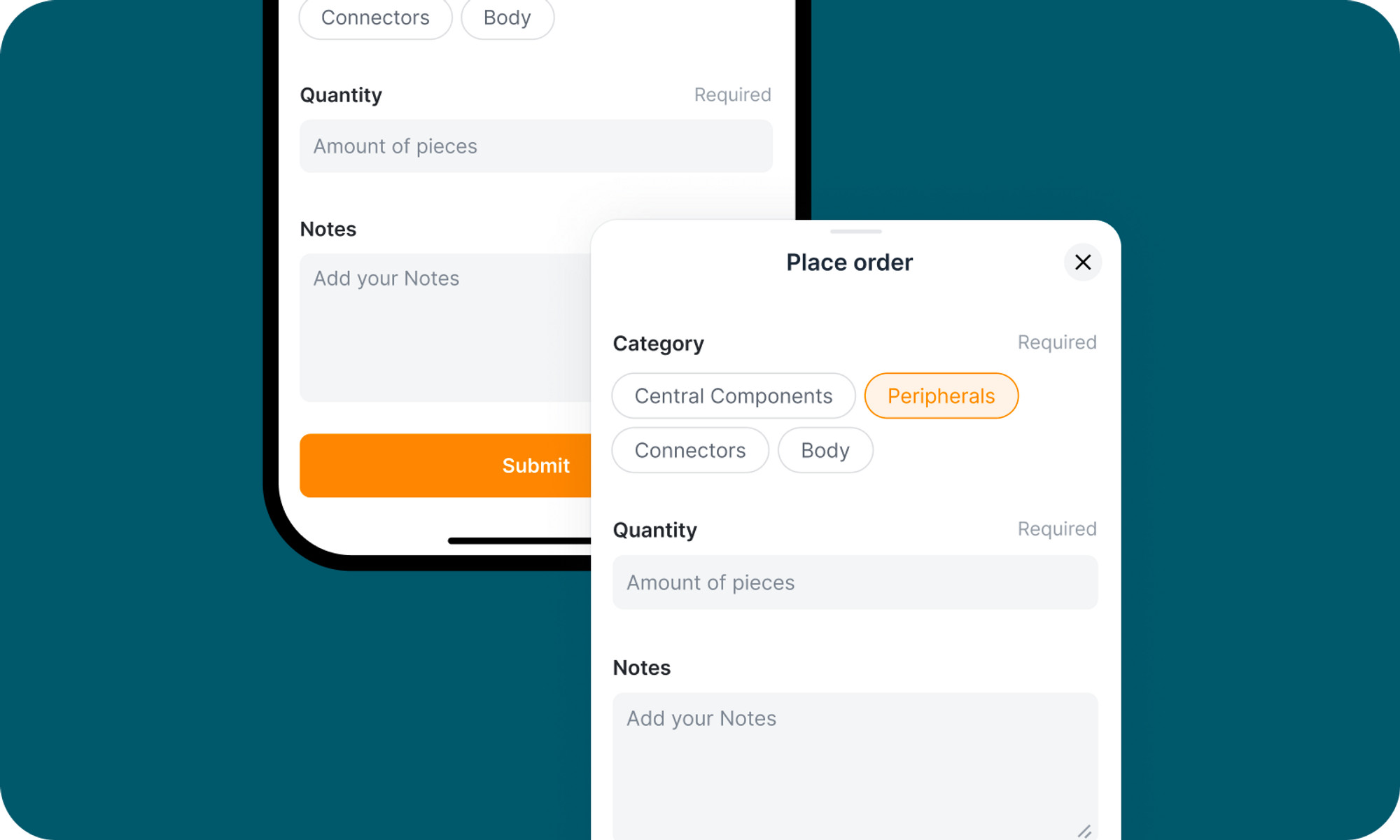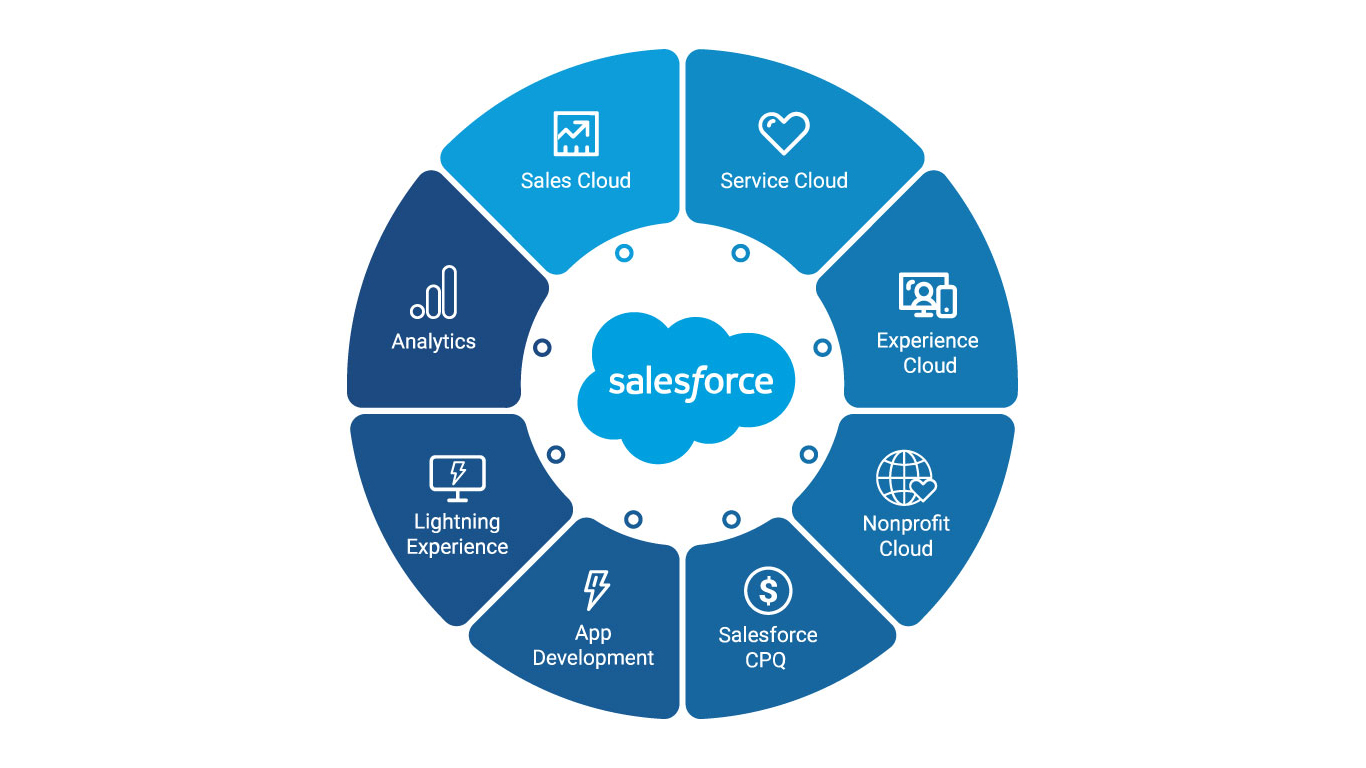For years, the humble vibration motor in our smartphones has been the unsung hero of mobile interaction. A gentle buzz to signal a notification, a stronger jolt for an incoming call – it was a basic, almost rudimentary, way for our devices to “touch” us. But the world of haptic feedback in mobile apps is undergoing a significant evolution, moving far beyond simple vibrations to create richer, more intuitive, and even emotionally resonant user experiences.
From Buzz to Nuance: The Early Days
The initial implementation of haptics in mobile devices was primarily functional. It served as a silent alert system, crucial in noisy environments or when discretion was needed. Think back to the early days of smartphones – the standard vibration was often a generic, somewhat jarring, buzz. While effective for its basic purpose, it lacked finesse and often felt more like an interruption than an integrated part of the user flow.
The Turning Point: The Rise of Taptic Engines and Beyond
The real game-changer arrived with the introduction of more sophisticated haptic technologies, most notably Apple’s “Taptic Engine.” This linear actuator allowed for a much wider range of tactile sensations – subtle taps, distinct clicks, and even textured feedback. This marked a shift from simple on/off vibrations to nuanced and precise tactile events.
This advancement paved the way for developers to think beyond basic alerts. Suddenly, haptics could be used to:
- Provide confirmation: A gentle “click” when a button is pressed, mimicking the feeling of a physical button.
- Enhance UI navigation: Subtle bumps or textures when scrolling through lists or reaching the edge of a screen.
- Offer playful interactions: Unique tactile patterns for in-app events like liking a post or completing a task.
- Improve accessibility: Providing tactile cues for users with visual impairments.
The Current Landscape: Immersion and Emotional Connection
Today, haptic feedback is becoming increasingly sophisticated and integrated into the core design of mobile apps. We’re seeing advancements in:
- HD Haptics: Offering even finer control over the intensity, duration, and frequency of tactile sensations, allowing for incredibly realistic simulations of textures and interactions.
- Spatial Haptics: Exploring the possibility of creating localized tactile sensations, potentially allowing users to “feel” the direction of an event or the position of an object on the screen.
- Context-Aware Haptics: Utilizing sensor data and user behavior to deliver more relevant and personalized tactile feedback.
This evolution is allowing developers to craft truly immersive experiences. Imagine:
- Feeling the satisfying “thunk” of a virtual object snapping into place in a puzzle game.
- Experiencing the subtle texture of different materials in a shopping app.
- Receiving a gentle, personalized tap that conveys a sense of urgency without being disruptive.
- Feeling the realistic feedback of drawing or painting on a digital canvas.
Beyond just enhancing functionality, haptics is also tapping into our emotional responses. A gentle pulse can feel reassuring, while a sharp tap can convey urgency. By carefully crafting tactile feedback, developers can create apps that feel more alive, more responsive, and ultimately, more engaging.
Also Read : The potential benefits of an android app that can assist businesses
The Future of Mobile Haptics: A Multi-Sensory Experience
The journey of haptic feedback in mobile apps is far from over. We can expect even more innovative applications in the future, potentially blurring the lines between the digital and physical worlds. Imagine feeling the rain in a weather app, the impact of a virtual punch in a game, or the subtle vibrations that guide you through a navigation app without needing to look at the screen.
As haptic technology continues to mature and become more accessible, it will undoubtedly play an increasingly vital role in shaping the future of mobile interaction. It’s no longer just about vibrations; it’s about creating a richer, more intuitive, and emotionally resonant connection between users and their digital experiences. The subtle yet powerful language of touch is finally finding its voice in the world of mobile apps, and the possibilities are truly exciting.




